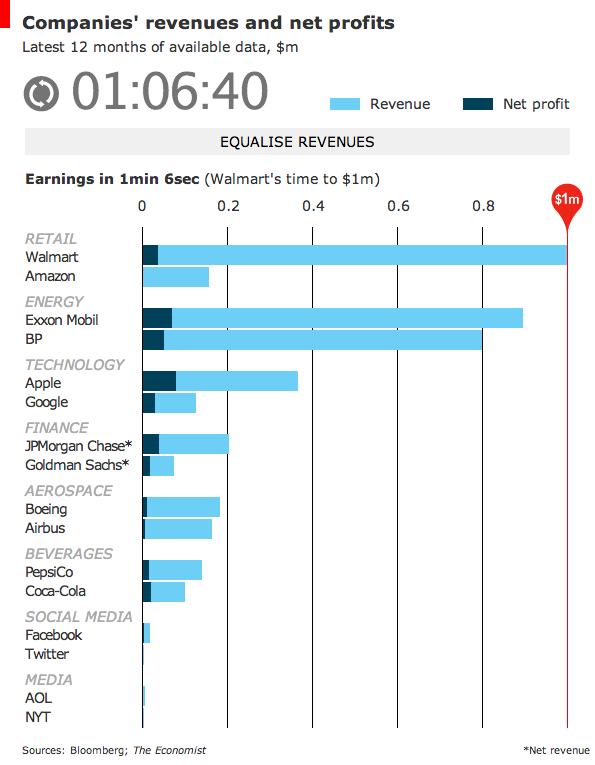Scientists discovered Earth has a new quasi-satellite. It is an asteroid, and it does not orbit the Earth. But, because of the relationship between its orbit and Earth’s around the sun, it is involved in what NASA described as a dance with Earth. This is not Earth’s only dance partner, however, as we interact with a second asteroid as well. The screenshot of a YouTube video (from user britoca) shows how gravity choreographs the second dance.

Credit for the piece goes to YouTube user britoca.









